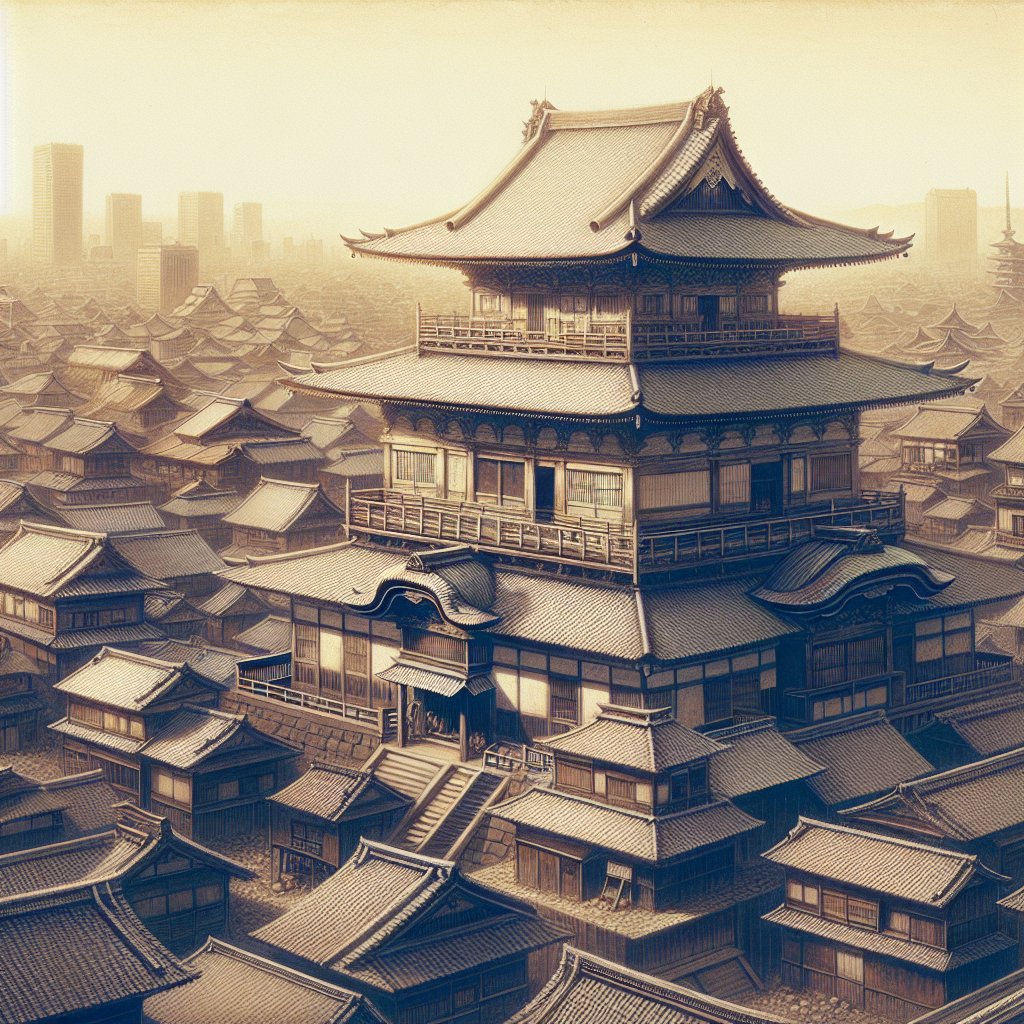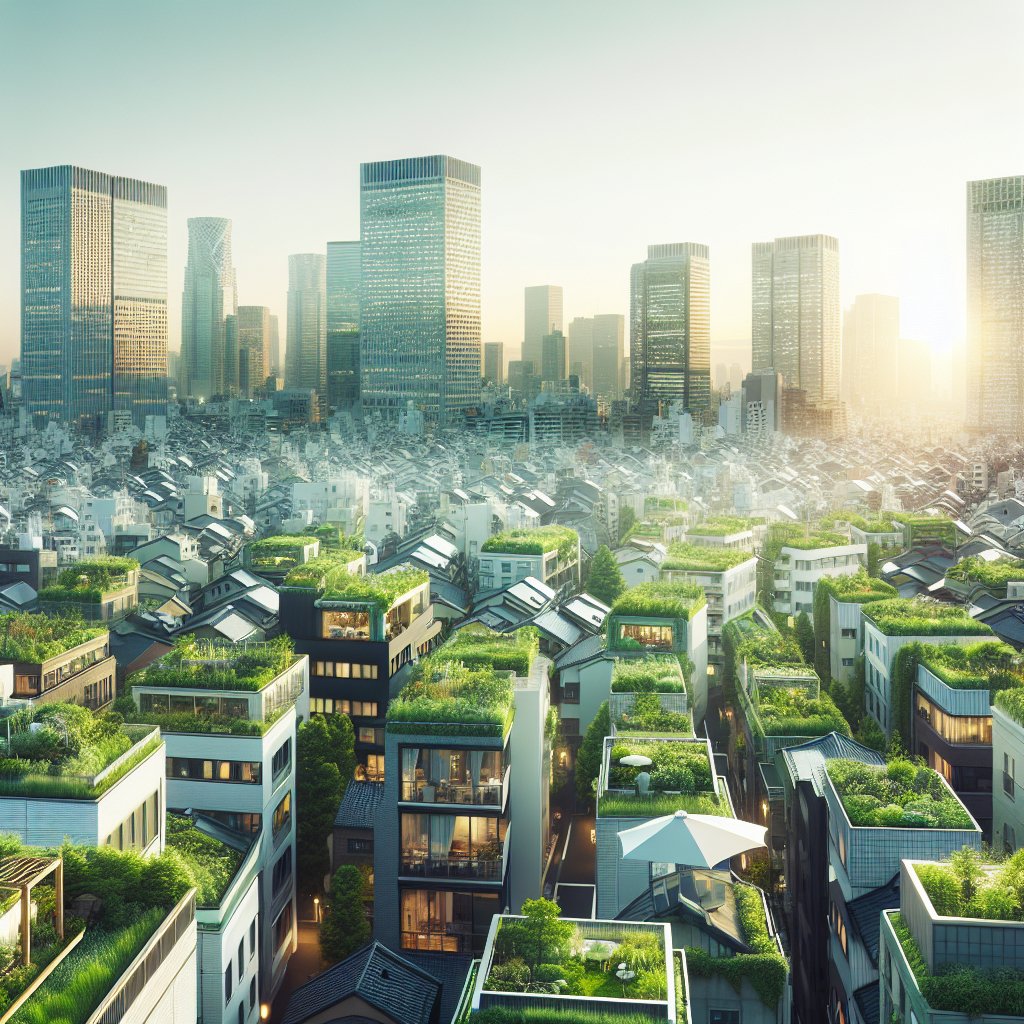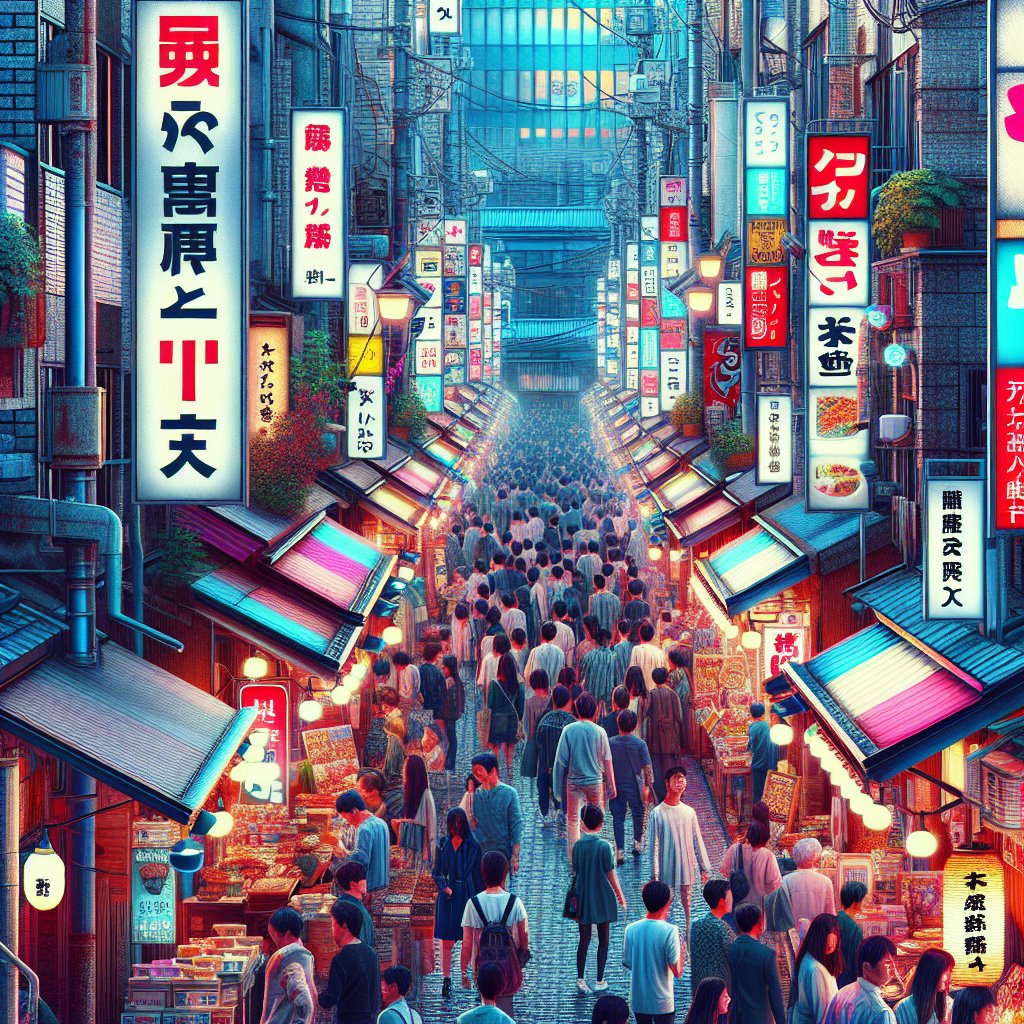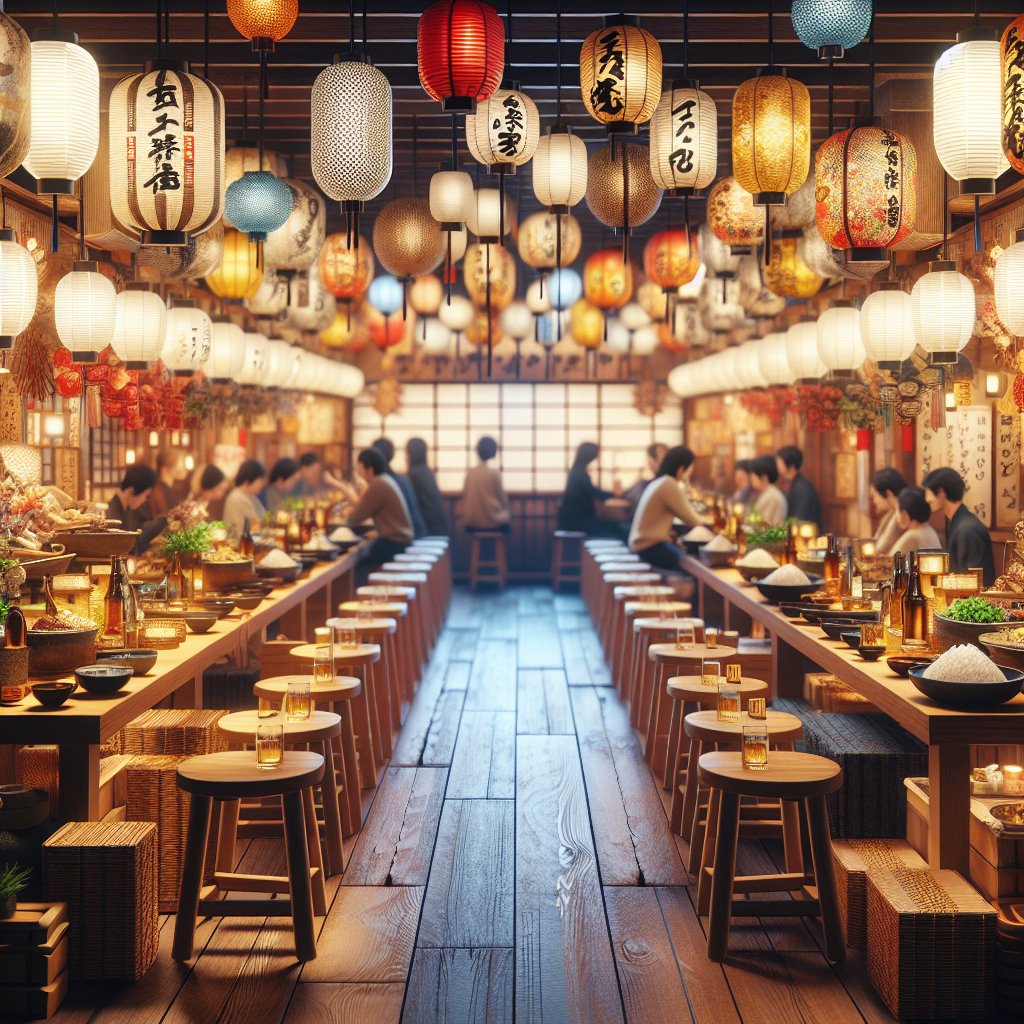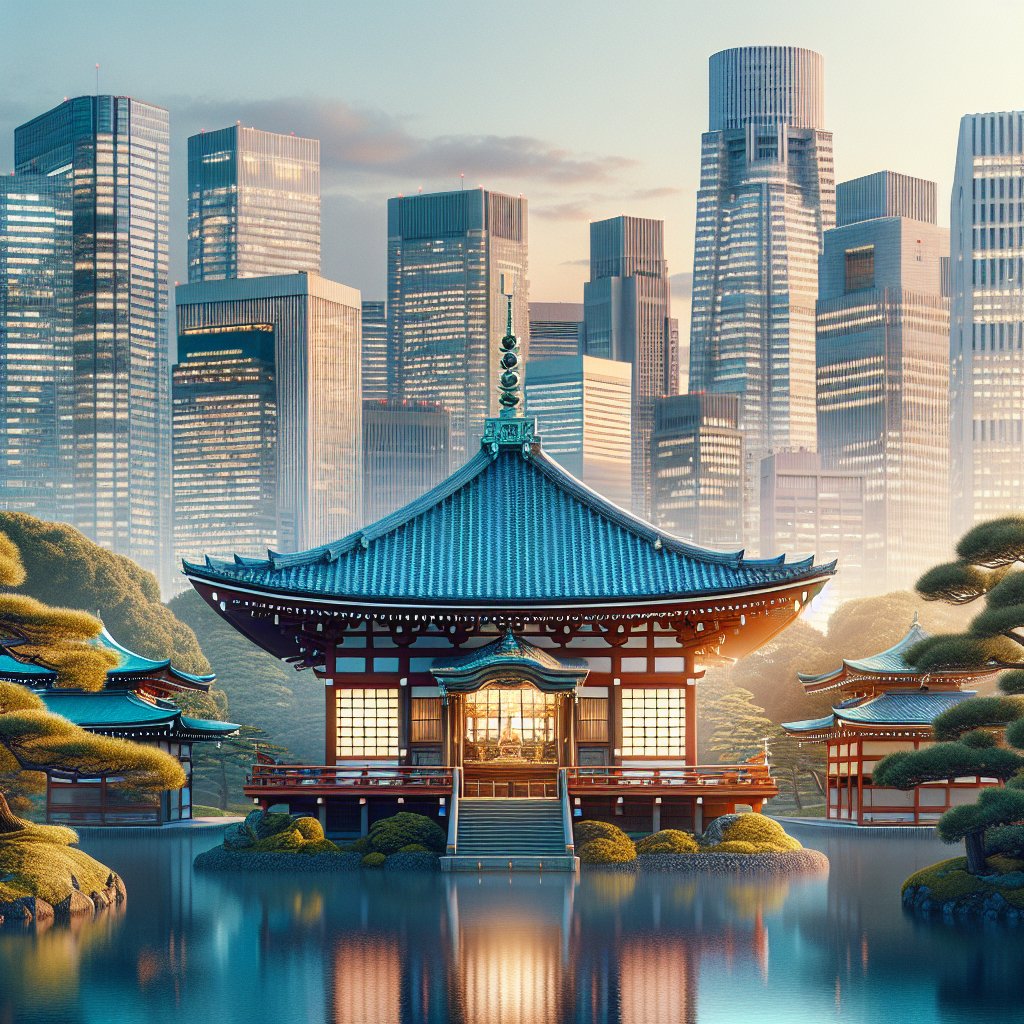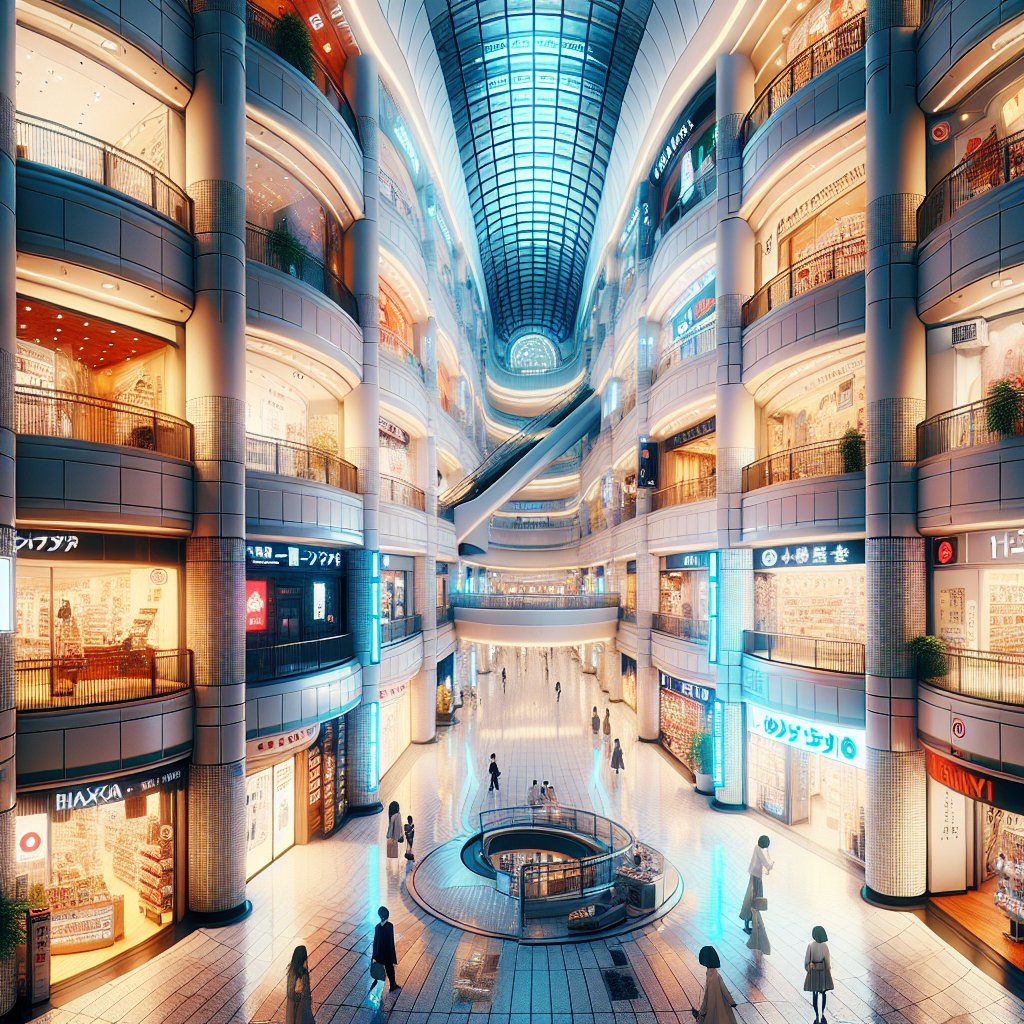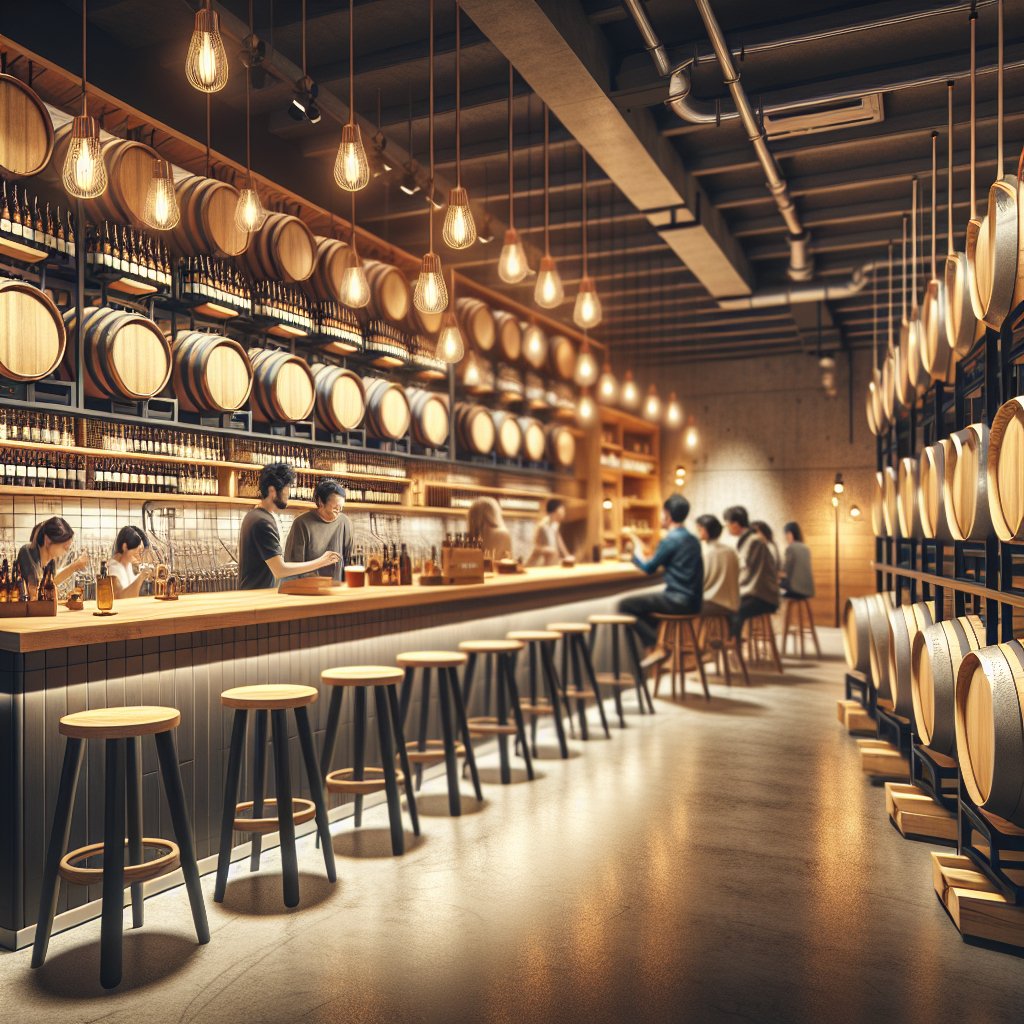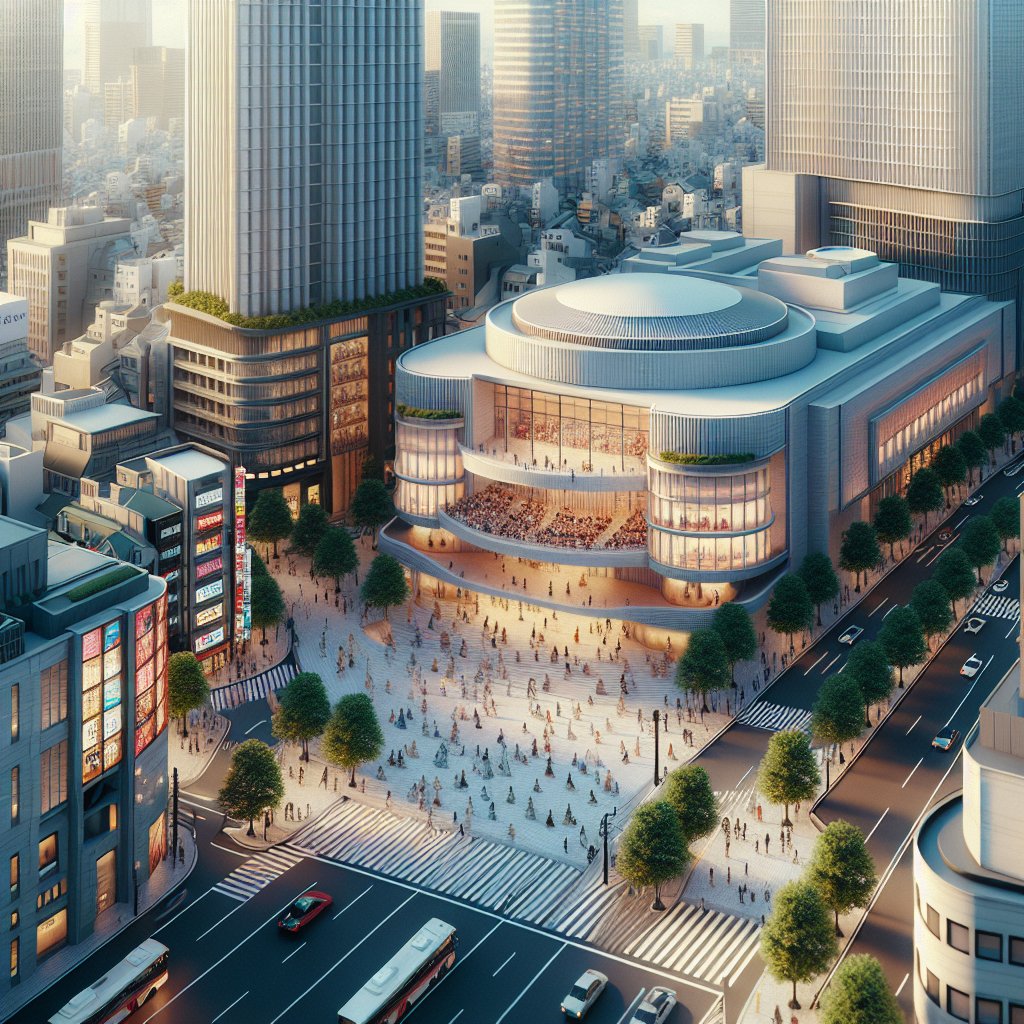Tokyo, the bustling capital of Japan, is a city where the past and present coexist in a harmonious blend of tradition and modernity. Among its many attractions, Tokyo’s architectural wonders from the Edo Period stand out as a testament to the city’s rich history and cultural heritage. These structures, with their intricate designs and historical significance, offer a glimpse into the life and times of a bygone era.
The Edo Period: A Brief Overview
The Edo Period, spanning from 1603 to 1868, was a time of relative peace and stability in Japan under the rule of the Tokugawa shogunate. This era is marked by significant cultural, economic, and architectural developments. During this time, Tokyo, then known as Edo, transformed from a small fishing village into a bustling metropolis and the de facto capital of Japan. The architectural style of the Edo Period is characterized by its simplicity, functionality, and the use of natural materials, reflecting the Zen Buddhist principles that were prevalent at the time.
One of the most notable features of Edo architecture is the use of wood as the primary building material. This choice was not only due to the abundance of timber in Japan but also because of its flexibility and resilience in the face of frequent earthquakes. The buildings from this period often feature tatami mat flooring, sliding doors, and wooden verandas, creating a seamless connection between indoor and outdoor spaces. The emphasis on natural light and ventilation is evident in the design of these structures, which often include large windows and open spaces.
Iconic Edo Period Structures in Tokyo
Several iconic structures from the Edo Period have survived the test of time and continue to attract visitors from around the world. One such example is the Senso-ji Temple, Tokyo’s oldest temple, located in the Asakusa district. Originally built in 645 AD, the temple was reconstructed during the Edo Period and remains a significant cultural and religious site. The temple’s main hall, with its striking red and gold facade, is a prime example of Edo architectural style, featuring intricate woodwork and traditional Japanese roofing.
Another remarkable structure from the Edo Period is the Edo Castle, also known as Chiyoda Castle. Although much of the original castle was destroyed over the years, the remaining structures, such as the stone walls and moats, offer a glimpse into the grandeur of the shogunate’s residence. Today, the site is home to the Imperial Palace, where the Emperor of Japan resides, and is surrounded by beautiful gardens that are open to the public.
The Nikko Toshogu Shrine, located a few hours from Tokyo, is another architectural marvel from the Edo Period. This UNESCO World Heritage Site is the final resting place of Tokugawa Ieyasu, the founder of the Tokugawa shogunate. The shrine complex is renowned for its elaborate carvings, vibrant colors, and the famous “Yomeimon Gate,” which is adorned with over 500 sculptures. The attention to detail and craftsmanship displayed in the shrine’s construction is a testament to the artistic achievements of the Edo Period.
The Influence of Edo Architecture on Modern Tokyo
While Tokyo has evolved into a modern metropolis with towering skyscrapers and cutting-edge technology, the influence of Edo architecture can still be seen in various aspects of the city’s design and culture. Many contemporary architects draw inspiration from the simplicity and elegance of Edo structures, incorporating traditional elements into modern designs. This fusion of old and new is evident in buildings such as the Tokyo Skytree, which combines traditional Japanese aesthetics with state-of-the-art engineering.
Moreover, the principles of Edo architecture, such as the use of natural materials and the integration of indoor and outdoor spaces, continue to resonate with modern architects and designers. The emphasis on sustainability and harmony with nature, which were central to Edo design, are increasingly relevant in today’s urban planning and development.
In addition to architecture, the cultural legacy of the Edo Period is preserved through various festivals, arts, and crafts that continue to thrive in Tokyo. Traditional practices such as tea ceremonies, ikebana (flower arranging), and kabuki theater are celebrated and cherished, providing a link to the city’s historical roots.
Preservation and Restoration Efforts
Preserving the architectural heritage of the Edo Period is a priority for Tokyo’s cultural and historical institutions. Efforts to restore and maintain these structures are ongoing, ensuring that future generations can appreciate the city’s rich history. Organizations such as the Tokyo Metropolitan Government and the Agency for Cultural Affairs work tirelessly to protect these sites from the challenges posed by urbanization and natural disasters.
Restoration projects often involve meticulous research and collaboration with experts in traditional building techniques. The use of authentic materials and methods is crucial in maintaining the historical integrity of these structures. Additionally, educational programs and guided tours are offered to raise awareness about the significance of Edo architecture and its impact on Japanese culture.
In conclusion, Tokyo’s architectural wonders from the Edo Period are a vital part of the city’s identity, offering a window into its past while influencing its present and future. These structures not only showcase the artistic and engineering achievements of the time but also serve as a reminder of the enduring legacy of the Edo Period in shaping Japan’s cultural landscape. As Tokyo continues to grow and evolve, the preservation of its historical architecture remains a testament to the city’s commitment to honoring its heritage while embracing modernity.
